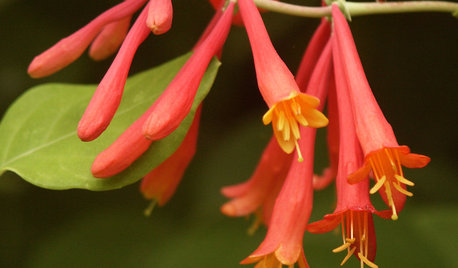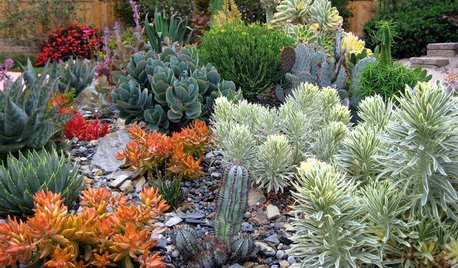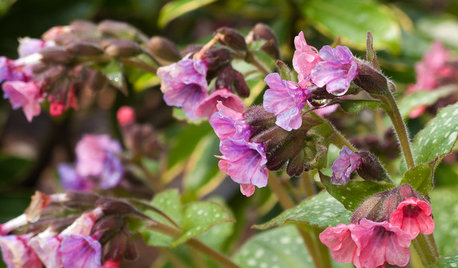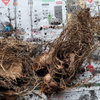powdery mildew infestations?
ianna
16 years ago
Related Stories

GARDENING GUIDESGreat Design Plant: Rosa Banksiae a Low-Maintenance Beauty
This thornless, disease- and insect-resistant rose brings showers of white or yellow flowers to the spring garden
Full Story
EDIBLE GARDENSHow to Grow Your Own Luscious Cherries
Nope, they’re not the easiest fruit to grow. But with spectacular blossoms and pies as possibilities, cherries are sure worth a try
Full Story
GARDENING GUIDESGreat Design Plant: Lonicera Sempervirens
Grow this long-blooming, flashy flowering vine to cover a fence or arbor and attract hordes of hummingbirds all season long
Full Story
GARDENING GUIDESA Beginner’s Guide to Growing Succulents
Their easy-care reputation is well-deserved, but a little TLC will turn succulents into star plants
Full Story
FURNITURE10 Secrets of Successful Secondhand Furniture Shopping
Design professionals offer tips on how, where and what to buy
Full Story
GREEN BUILDINGWhy You Might Want to Build a House of Straw
Straw bales are cheap, easy to find and DIY-friendly. Get the basics on building with this renewable, ecofriendly material
Full Story
GARDENING FOR BUTTERFLIESGreat Design Plant: Lungwort
Yes, the name is unfortunate. But the flowers and foliage are delightful, and this perennial is easy to grow and shunned by deer
Full Story
SIDE YARD IDEASNarrow Trees for Tight Garden Spaces
Boost interest in a side yard or another space-challenged area with the fragrance and color of these columnar trees
Full Story
REMODELING GUIDESTop 10 Tips for Choosing Shower Tile
Slip resistance, curves and even the mineral content of your water all affect which tile is best for your shower
Full Story
WINTER GARDENINGPruning Secrets for Exquisite Roses
Encourage gorgeous blooms year after year with this time-tested advice on how to prune your rosebush in winter for health and shape
Full Story






marricgardens
bonniepunch
Related Professionals
Deer Park Landscape Architects & Landscape Designers · Fort Lee Landscape Architects & Landscape Designers · Cockeysville Landscape Contractors · East Lake-Orient Park Landscape Contractors · Fort Payne Landscape Contractors · Mission Viejo Landscape Contractors · North Highlands Landscape Contractors · North Potomac Landscape Contractors · Overland Park Landscape Contractors · Saint Paul Landscape Contractors · Smyrna Landscape Contractors · View Park-Windsor Hills Landscape Contractors · West Chester Landscape Contractors · Kingsburg Landscape Contractors · North Aurora Landscape ContractorsiannaOriginal Author
nyssaman
banzaibetty
iannaOriginal Author
ferne
iannaOriginal Author
tyler_23
cookie8